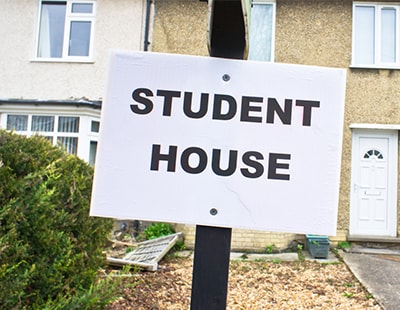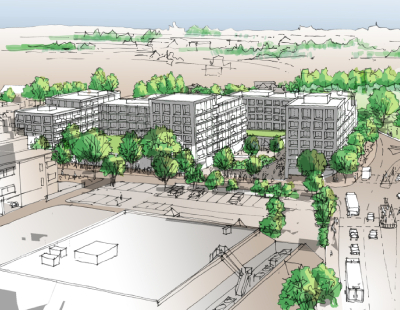
Retirees and those in the upper-middle age category are the fastest growing tenant groups in the private rented sector (PRS), analysis from Paragon Bank reveals.
Paragon’s new report ‘The Growth of Later Life Tenants’ shows the number of households in the 55-64-year-old age category with an Assured Shorthold Tenancy has risen by 118% since a decade ago, with those aged 65-plus growing 93%.
This rate of growth is nearly double the rate of 35-44-year-olds.
The research also reveals that later life tenants are generally happier in private rented accommodation and have lived in the PRS for longer. Some 68% of over-55s said that renting suited their needs or they enjoy renting, compared with 49% of under-55s.
According to Richard Rowntree, managing director of mortgages at Paragon Bank, the increase in over-55s in the PRS is down to a number of factors, such as rising divorce amongst older people, poorer pension returns and men living longer.
“With the number of over 55s forecast to rise from 30% of the population to 36% by 2043 and new household formation predicted to be driven by older, single-person households, the PRS will have an increasingly important role to play in providing a home for older tenants,” he says.
Additionally, tenants in the 55-plus category are also much less likely to want to own their own home – 45% compared to 81% of under-55s. Of those who do, 62% don’t think they will be able to afford their own home, while 18% believe they will buy within the next two years.
Over-55s are more likely to live alone – with nearly half (48%) in this category versus 23% of under-55s – and also tend to live in the property for a long period. These renters are also more likely to be men, accounting for 62% of tenants.
Landlords appear to be responding to this change in demand, with 21% of landlords expecting to let more to older singles in the future and 20% expecting to let to retirees.
Rowntree concludes: “Landlords are already reacting to the changing demographics of the PRS and, with older tenants becoming more commonplace, will have to increasingly do so. Landlords will need to consider longer tenancy agreements, the location of their property and any adjustments the property may need for later life tenants.”









.png)










Join the conversation
Be the first to comment (please use the comment box below)
Please login to comment